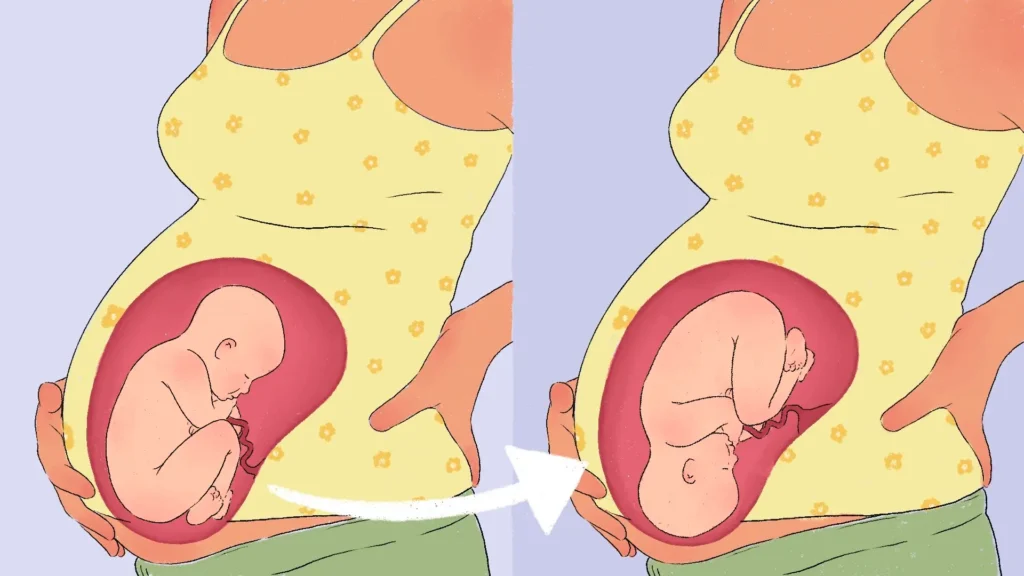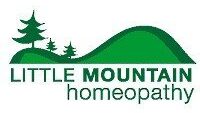This article written by Sonya McLeod was originally published as a guest post on the Vancouver Prenatal Coach website.

Always Completely Safe and Non-Toxic
All of the homeopathic remedies mentioned in this article are completely safe for women to take during childbirth. Homeopathic remedies will also never harm the unborn baby. They are always gentle, non-toxic and have no side effects.
Where Do I Buy Homeopathic Remedies?
Homeopathic remedies can be purchased at Finlandia Pharmacy and many health food stores. Homeopathic pregnancy and childbirth kits can be ordered online. Learn more about where to purchase homeopathic remedies.
Remedy Potency/Strength
There is a number followed by a “C” beside the remedy name denoting the potency, or strength, of the homeopathic remedy. The higher the number beside the remedy, the higher the strength. Strength usually matches with how acute the situation is, as well as with the energy of the patient.
Using Homeopathic Remedies for Childbirth

Turning a Breech Baby
Pulsatilla 30C: The most commonly indicated remedy for turning a breech baby. Give Pulsatilla 30C, 2-3 times per day, for a few days until the baby turns.
Viscum Album 30C: Try this remedy if Pulsatilla fails to turn the baby (given 2-3 times per day).
Natrum Muriaticum 30C: This remedy is indicated if the baby is in a breech position due to too little amniotic fluid. The patient may be an emotionally closed woman, with chapped lips and dry mucus membranes.
Overdue Labour
Homeopathy is a safe, natural alternative to Pitocin/Oxytocin. If the baby is overdue, induce labour naturally by alternating the remedies Caulophyllum 12C and Cimicifuga 12C, given once every hour. For example, hour 1: Caulophyllum, hour 2: Cimicifuga, hour 3: Caulophyllum, etc. Continue this protocol until labour commences.
History of Overdue Labour
For those women who have a history of difficult or overdue labours, starting at week 38, give Caulophyllum 12C and Cimicifuga 12C daily, on alternate days. For example, Day 1: Caulophyllum, Day 2: Cimicifuga, etc. Continue with this protocol for a maximum of 14 days.
Premature Labour
Caulophyllum: The most frequently indicated remedy for premature labour. Useful for premature labour due to weakness of the cervix, in women who are weak and nervous.
Magnesium Phosphoricum: Another common remedy for premature labour, also accompanied by severe leg cramps due to magnesium deficiency.
Sepia: For premature labour, in irritable, angry, chilly women. Most useful for women who have had many babies and/or have had their children close together.
Pulsatilla: A good remedy for premature women who are very weepy, restless, and intolerant of warm rooms. She needs a lot of emotional support and has a lot of fear and concern for the baby.
Dosage and Potency for Premature Labour: Use a 200C potency if emotion/energy is running high and the situation is very acute; use a 30C potency if she is weak and lethargic. Give the indicated remedy every 15-30 minutes for three doses, then spaced further apart as condition improves.

Normal Labours
If the labour is progressing normally, with no complications, give Arnica 200C at the beginning of and throughout the labour (e.g. every hour) to avoid any possible postpartum complications. This will prevent afterpains, prevent hemorrhage, and lessen the need for pain medication.
Extreme Labour Pains
Chamomilla 200C: This is the stereotypical woman that you see in movies. She is very angry and could lash out at the people around her, including her partner. She is extremely sensitive to the pain and is extremely irritable.
Sepia 200C: Violent bearing-down pains as if everything would come out. A woman needing this remedy feels indifferent to the baby and/or never wanted the pregnancy. She is irritable, sad, and easily offended.
Aconitum Napellus 200C or 1M (1000C): Extreme fear of labour. She fears that she will not make it through the labour and delivery. She is convinced that she will die in labour. This is a major remedy for a very fast labour where contractions come on very suddenly (with extreme fear).
Nux Vomica 200C: The main remedy from fainting during labour due to severe pain. The pains cause a frequent urge to urinate and defecate. She is irritable, critical, and sensitive to odors, light and noise. Often indicated for women who have led a sedentary or indulgent lifestyle (with past use of stimulants and/or alcohol).
Ineffectual, Non-Progressive, Irregular or Weak Labour
Caulophyllum 200C: This is the most common remedy needed for labours that will not progress, when the cervix will not dilate. A useful remedy to give at the beginning of labour to produce good contractions. Once labour is well established, switch to Cimicifuga 200C to complete dilation.
Gelsemium 200C: When labour has been in progress for many hours but there is absolutely no progress with dilation. She is extremely weak and drowsy. She does not really want to participate in the labour. This remedy can be given prophylactically to women who have a history of painful, ineffectual labours.
Kali Carbonicum 200C: The main remedy for “back labour,” very severe labour pains in the back, and the labour does not progress. She is very chilly and most often women needing this remedy are overweight and sluggish.
Pulsatilla 200C: One of the main remedies for irregular labour pains, labour pains that come and go. She has the feeling that she may suffocate if she does not get cool air.
Dosage During Labour: Due to the intense nature of labour, the indicated remedy can be given every 15-30 minutes, then less often once labour starts progressing normally.

For Nervous Fathers and Grandparents During Labour
Aconitum Napellus 200C: Very intense anxiety that comes on suddenly, with panic and fear. One dose may be all that is needed.
Gelsemium 30C or 200C: Very nervous and weak, with anxious anticipation. Their hands may tremble and shake. Give 2-3 doses spaced throughout the labour.
Rescue Remedy: A popular homeopathic combination remedy, very good for traumatic situations and for those who are nursing the sick. It is what is known as a “Bach Flower Remedy.” Can be used instead of or along with Aconitum or Gelsemium. Put a few drops into a glass of water and sip periodically throughout the labour.
After Labour
After a normal labour with few complications, take a dose of Arnica 200C immediately after birth to prevent postpartum hemorrhage. Give a dose of Arnica 200C to the baby if there is any bruising or swelling.
Postpartum Hemorrhage
Sabina 200C: Profuse bright red blood with dark clots. Often indicated in women who have a tendency to flood with their menses.
Erigeron 200C: Profuse, bright red blood that comes in gushes. Gushes come in fits and starts.
Ipecacuanha 200C: Severe persistent nausea accompanied by red, profuse bleeding. Faintness, nausea, and gasping for breath.
Hamamelis 30C or 200C: The flow is usually dark, steady, slow and passive. There is a hammering headache, but no uterine pains and she is not anxious.
Precautions
*Never use the remedies Caulophyllum or Cimicifuga during early pregnancy, as these remedies can bring on contractions.
For best results, use these remedies in consultation with your classical homeopath.
